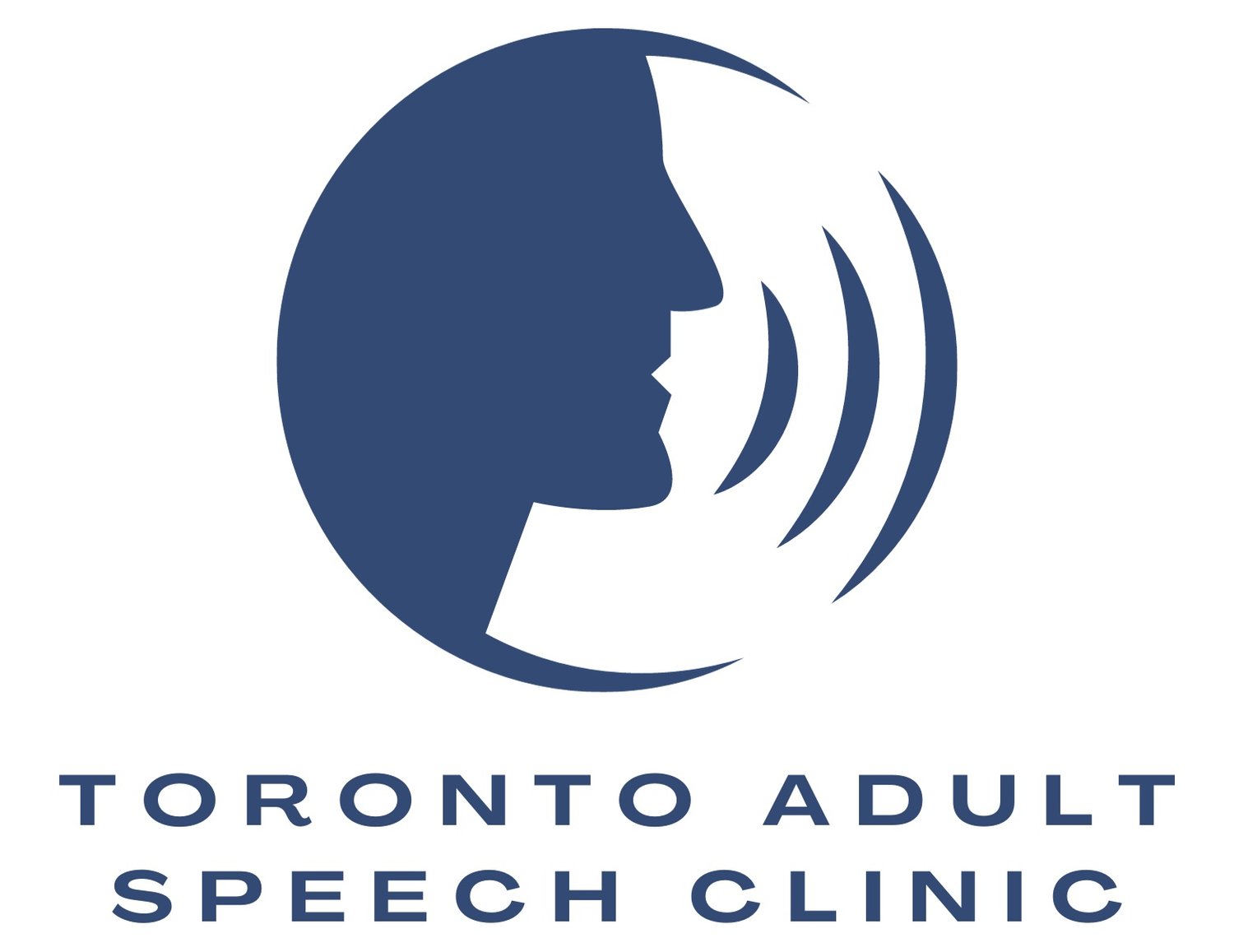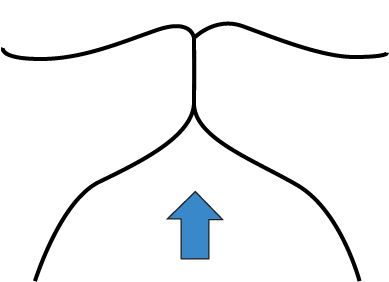Fit Voices and Risky Choices
photo courtesy of https://www.whiteman.af.mil
Fit Voices and Risky Choices
Understanding the Impact Fitness Instructing Can Have on the Voice
To understand the impact exercise can have on the voice, we have to first understand what makes the voice work.
To put it “simply,” air from the lungs provides pressure beneath the vocal folds as they close. When this pressure is released as the vocal folds move apart and then back together, it creates a wave from bottom to top along the surface of the vocal folds. This wave is created in a covering of mucous on the vocal folds that helps to protect the muscles and ligaments of the vocal folds and creates a sound vibration. For humans, this process happens on average anywhere from 110-300 times per second. That sound then passes through the throat, mouth, and nose to create the voice that listeners hear.
Clear as mud? Here’s a diagram of the vibration action if you could look straight on (from the front) at your vocal folds:
courtesy of adams-voice.com
What is important to take away from that brief anatomy and physiology lesson is that to create voice, the vocal folds must come together and move apart smoothly. To do this, the muscles involved in opening, closing, and tightening the vocal folds must be healthy and in good working order. Part of that health is regulating breathing patterns. The other part of that health is the overall use and health of the muscles, ligaments, and mucous layer that cover the vocal folds.
Now, here are some facts about how vocal health and function may be impacted by work as a fitness instructor:
1) On average, a set of vocal folds come together approximately 10 000 times per day. For occupational voice users (like fitness instructors)- it is difficult to estimate the exact amount but I think it’s safe to say- it’s likely over this number. Increased use can increase the amount of wear and tear- just like it would any other muscle.
2) The act of shouting or speaking loudly in a noisy room (like if you are speaking over music or exercise equipment like rotary bikes or treadmills) involves an increased level of tension at the vocal folds to increase volume (and often increase pitch). This is explained by what’s known as the Lombard Effect or Lombard Reflex- and we have all experienced this phenomenon when we are in a noisy environment and want to be heard. Unfortunately, the tighter the vocal folds are, the more pressure it takes to get them to separate and therefore vibrate. So, increasing volume by simply tensing the vocal folds can increase the chance that when the vocal folds come together it is with a greater force, which again can increase the amount of wear and tear as well as potential for damage.
*TIP* A good way to know if you are shouting vs. projecting your voice in a healthy way is if you are able to inflect naturally. If you shout by only tensing the vocal folds, the vocal folds stay rigid and can’t tense and relax to create a natural sounding inflection pattern- often people report when someone is shouting rather than projecting it sounds like they are angry, or monotone.
3) When we exercise, the consistency of our breath can often suffer. Rather than a steady inhale and exhale, our inhale can become shallow or rushed; we may hold our breath for prolonged periods of time in anticipation of a movement or to get that heavy weight up. To hold our breath our vocal folds have to be together. This causes pressure to build up underneath the vocal folds that isn’t easily released as we described above. Forcing the little vocal fold muscles to resist the force of the abdomen, diaphragm, and other muscles of breathing can cause damage.
You may have heard of weightlifters developing vocal polyps from this behavior, which are hemmorages similar to blood blisters but on the vocal folds. These cause an instant change in the vocal quality as the vocal folds are no longer able to come together smoothly. They can take weeks or months to resolve. Some people even elect to have surgery to repair vocal fold polyps.
4) Our bodies react systemically to movement. If you are jumping or moving as you are voicing, studies show that the impact and force of closure at your vocal folds also increases. This principle has been used in therapy for people who have difficulty generating healthy closure of the vocal folds. However, in healthy individuals this action is redundant because vocal folds are already able to come together. This means that generating force or impact at any point throughout the body can cause forceful closure and damage to otherwise healthy vocal folds.
5) I’m not really rockin’ the boat when I tell you our internal or core temperature increases as we workout. In fact, muscle heat production increases to 15-20 times resting levels during intense exercise. Muscle activation and movement generate heat as a result of burning through resourses like carbohydrates, fat, and of course water faster. This increase in temperature also causes us to sweat in an attempt to cool our bodies down. Blood is diverted from the core to our skin to dissipate heat. Less blood flow and support to muscles can reduce their function and recovery rate, and increase the chance of damage.*
*It is true that as we workout more our bodies acclimatize to exercise, we become better at this process of regulating our body temperature (sweating earlier in our workouts at lower temperatures)- but it is still worth paying attention to not letting your body stay at an elevated temperature for a prolonged period of time, regardless of how trained an athlete you are.
6) Workout studios are often air-conditioned or have a number of fans that are meant to help reduce the effect just mentioned above of prolonged elevated core body temperature. The downside of this, is that they dry the air we are breathing. When we breathe in, this air passes through our throat and over our vocal folds- acting to dry out their protective and functional mucous linings. Add to that, the fact we are burning internal water supplies and require water to cool down from the increased heat (mentioned above). Dehydrated air, mucous membranes, and muscles, increase the effort required to create voice and to project the voice.
7) Research shows a strong gender bias towards cis-female fitness instructors who suffer from voice disorders. This is actually consistent across other causes of voice disorders as well (e.g. Muscle Tension Dysphonia). Studies list being female as a risk factor for developing a voice disorder. It is possible that this often has to do with the physiology of the female voice in being able to project as easily as the male instrument- but has also been attributed in some cases (though not conclusively) to be related to speaking habits. With that consideration, Higher pitches, breathier voices, harsher onsets of the voice, and highly variable inflection patterns during speech may have a role to play in increasing the potential for vocal damage in females AND males.
8) Finally- unrelated specifically to fitness instructors but coming from research on the general population who suffer from voice disorders- the presence of reflux or reduced length of sleep were determined to be highly predictive of voice disorders in studies of people (including fitness instructors) who suffer from voice disorders.
A recent study out of France commented that voice disorders are reported at a prevalence around 30% in the general population compared to 55% in fitness professionals (some studies report numbers as high as 70% of fitness professionals that experience a voice disorder). This suggests that preventative intervention is the best option for fitness instructors to care for their voices.
Before experiencing a voice disorder, see how many of these factors may be risks for you to develop issues with your voice. Maybe you have never lost your voice before, but that doesn’t mean it couldn’t happen. If we’re being honest, even if you account for all these factors and are very careful, you could develop a voice disorder just by the nature of the high demand on your voice as an occupational voice user.
In the next post in this series, we will discuss tips for helping to reduce risk factors and adapt your teaching style to be safer and more effective at the same time. So stay tuned!
At TASC, we are passionate about the voice so please do not hesitate to contact us if you have any questions.


